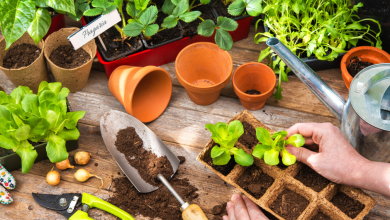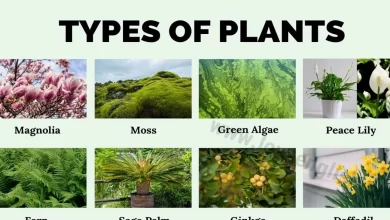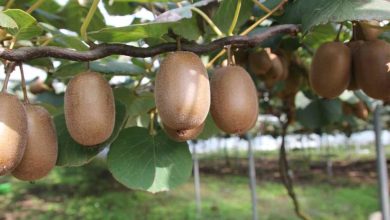Canna Indica: [Planting, Care, Irrigation, Substrate and Pests]
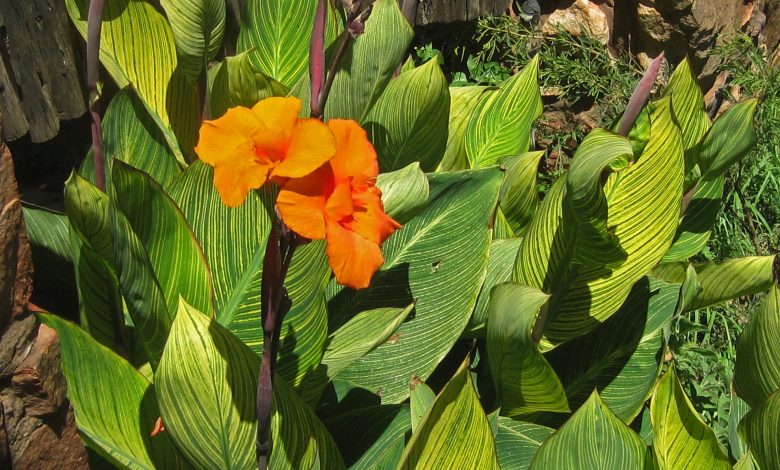
The Canna Indica also known as achira, achera, sago, capacho, biri, cucuyús, juquián, chisgua, risgua, caña de las Indias, is an edible and very beautiful plant, so it is used ornamentally.
Its origin is in the American continent and it is of tropical origin, however the climatic and soil conditions in Spain have favored its cultivation.
So if you are looking for an attractive and useful species to decorate your garden, perhaps the canna indica is a good option and here we give you information about this wonderful plant
Important points when sowing Canna Indica
- When? In late winter or early spring, when there is no risk of frost.
- Where? In a semi-shaded place to receive a few hours of sunlight per day.
- How do we prepare the land? With a good amount of organic matter. Care must be taken that it has adequate drainage.
- How should we water? By drip.
- How often do you have to water? Abundant when it is growing and in summer, little in winter.
- What pests and diseases do they have? Mealybugs and bud rot.
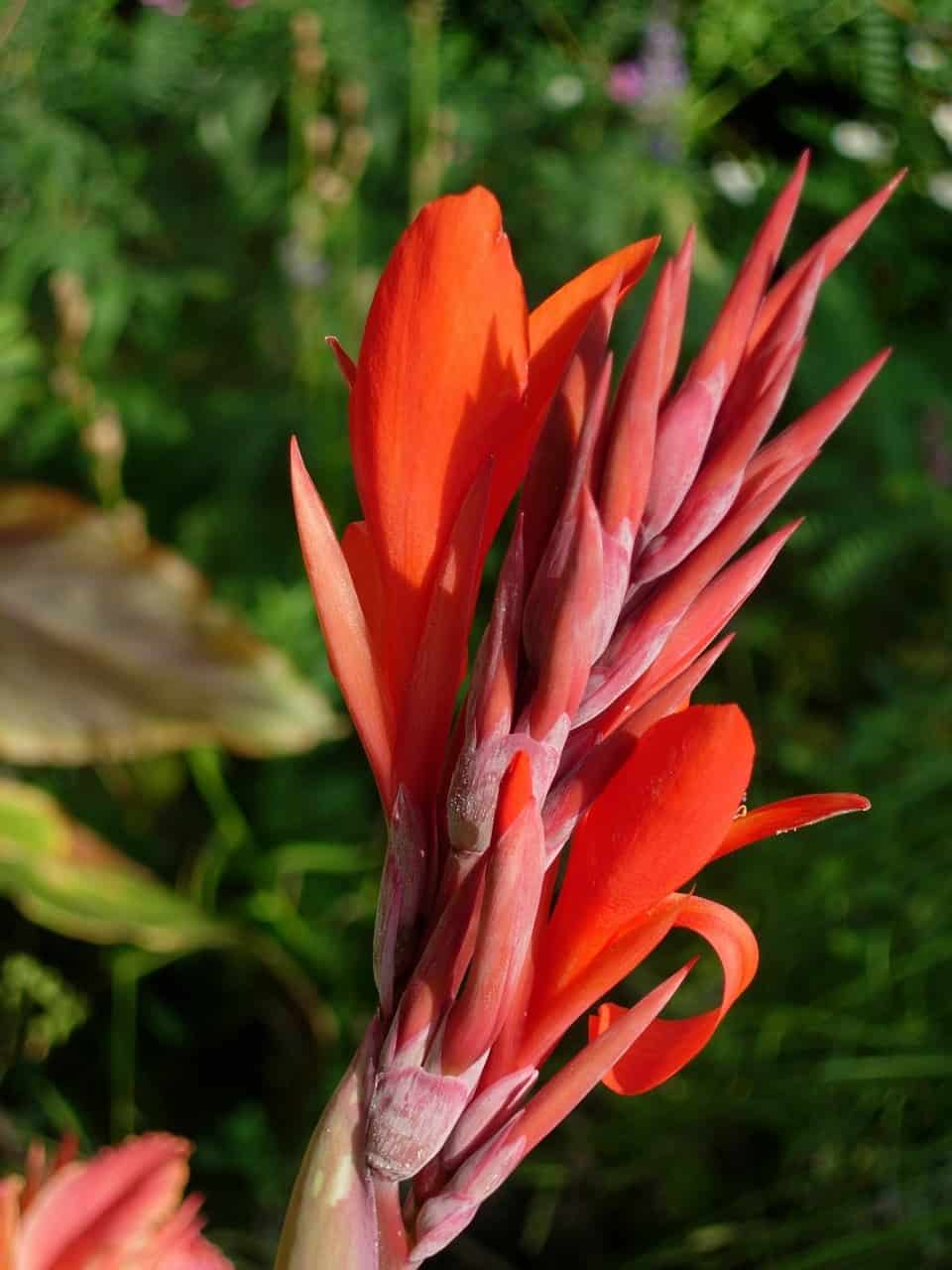
Canna Indica Characteristics
The Canna Indica is a species of small plants, which has very large leaves and flowers and vivid colors.
In the case of leaves, bright green is what prevails; while the flowers vary from red to yellow.
Within the structure of the flowers, it also has some purple and even green areas.
The stems are large but do not spread widely, and their origin is within a tuberous rhizome.
Where should we plant canna indica?
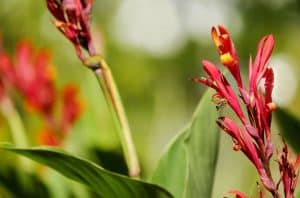 The ideal place to plant canna indica is where it gets a good amount of sunlight for a few hours a day, in semi-shade.
The ideal place to plant canna indica is where it gets a good amount of sunlight for a few hours a day, in semi-shade.
Some people keep it in full sunlight, but only in places where the weather is already very cold.
The good news is that it accepts planting in a pot, which is recommended to place the canna indica in the best position according to the date of the year.
When should canna indica be grown?
The ideal time is when the cooler temperatures have passed, between late winter and early spring.
It is a species that does not support strong frosts, so great care must be taken to keep it at a good temperature in case they occur.
How do we prepare the land?
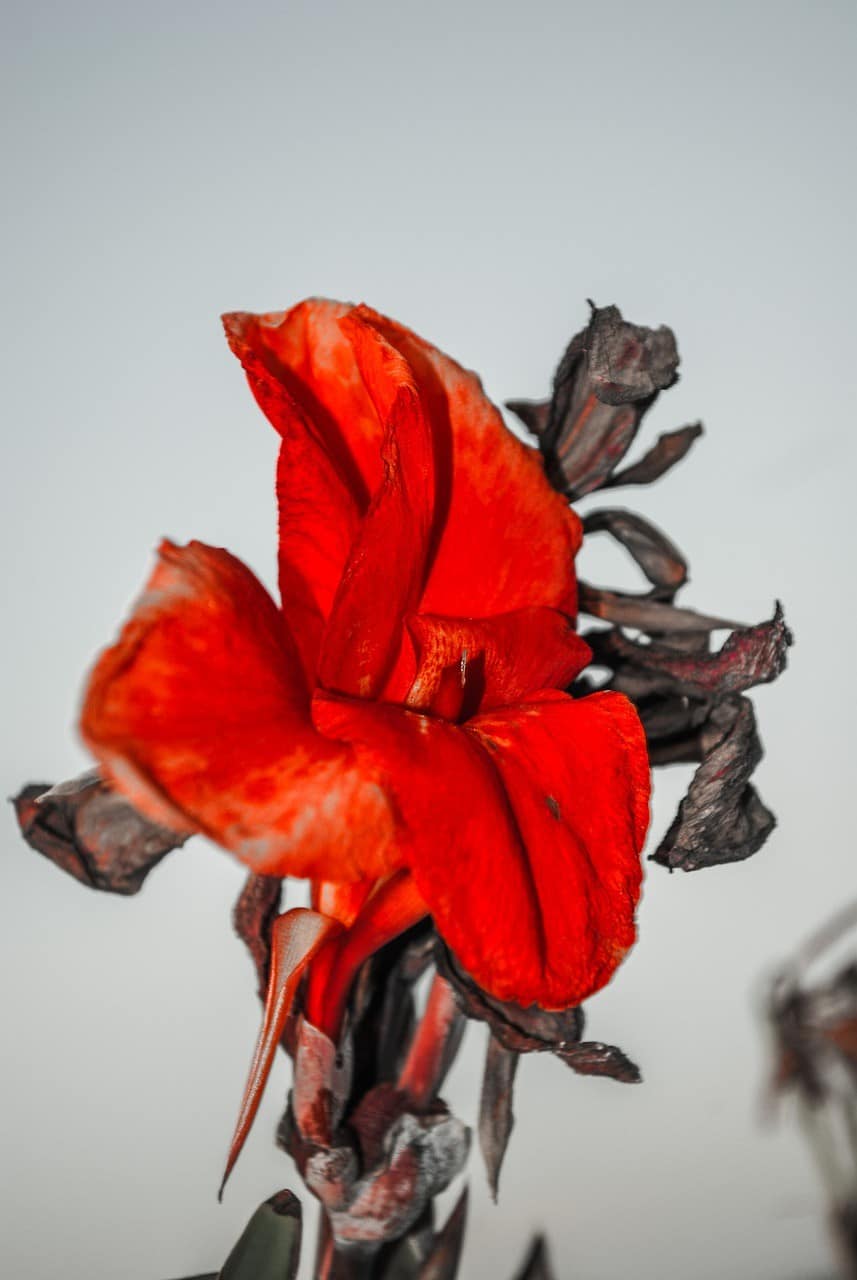
The land must be selected carefully, since good drainage is essential for its correct development.
The amount of nutrients it contains also counts a lot in favor, and it can even carry out a previous work of adding an organic fertilizer.
This process, in case of being in the garden, will be carried out by supplying the fertilizer to the land and stirring.
When sowing is in a pot, it can be applied as a mixture with the soil and peat.
How to plant a canna indica step by step?
The sowing of the Canna Indica can be done through the seeds or with the process of dividing the rhizomes.
sowing by seed
In this case, the process starts from scratch and will continue like this:
- The seeds must be deeply hydrated by keeping them soaked in water for approximately 24 hours.
- They will have to be arranged in seedbeds with a little peat and left at room temperature in a semi-shaded area.
- When it begins to germinate, two weeks later, it is necessary to carry out the transplant.
- To do this, it will be necessary to open a hole 10 to 15 centimeters deep (provide this in case of doing it in a pot).
- Fill the spaces with soil or substrate and moisten without flooding.
Planting by rhizomes
In this case, the procedure will be carried out with plants that have already developed and grown for a minimum of five years.
It is a slower and more complex process than that of the seeds because it will be necessary to dig up the plant to extract the rhizome that will be used in the new plantation.
So, step by step it would be like this:
- Dig up the plant.
- With a sanitized knife, cut the rhizome that will be used in the new plant.
- To sow, the same procedure as above will be followed, opening a hole and placing the specimen inside, watering after finishing.
What care does canna indica need?
Irrigation
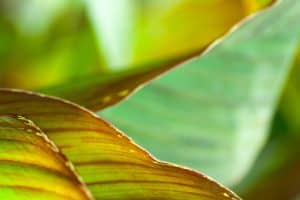 The main care that Canna Indica needs refers to irrigation, since it must be very frequent during its growth stage.
The main care that Canna Indica needs refers to irrigation, since it must be very frequent during its growth stage.
Later, during the colder weather, it could be reduced a little, taking care to return to an abundant rate on summer days.
Although in the fall the plant seems to enter a period of dormancy, it should never be allowed to lose moisture.
fertilizers
If the irrigation water is also offered a little liquid fertilizer once a month in the spring, the flowering results will be much better.
pruning
The pruning will be carried out on the parts that are affected, be it withered leaves or flowers, for example.
What pests and diseases does it have?
Canna Indica is prone to various pests and diseases, but responds very well to treatment in some cases.
Pests: mealybugs and worms
In the field of pests, there are species such as mealybugs and worms, for which natural remedies can be applied.
Diseases: rot
Diseases are also the order of the day, but the most worrying is bud rot.
Its effect causes the flowers not to open in the correct way, but instead turn into dark and rotten buds.
The bad news is that this disease has no effective treatment, so it is recommended that the plant be removed from the place where it is planted.
On the other hand, stem rot can be avoided from the beginning by making a correct selection of the land.
The level of drainage that it has is very important to avoid flooding since, as we have seen, it needs abundant irrigation.
It is also a good plan, in all cases, to apply fungicides.

![Photo of Wormwood: [Cultivation, Irrigation, Care, Pests and Diseases]](https://www.complete-gardening.com/wp-content/uploads/2021/06/Ajenjo-390x220.jpg)
